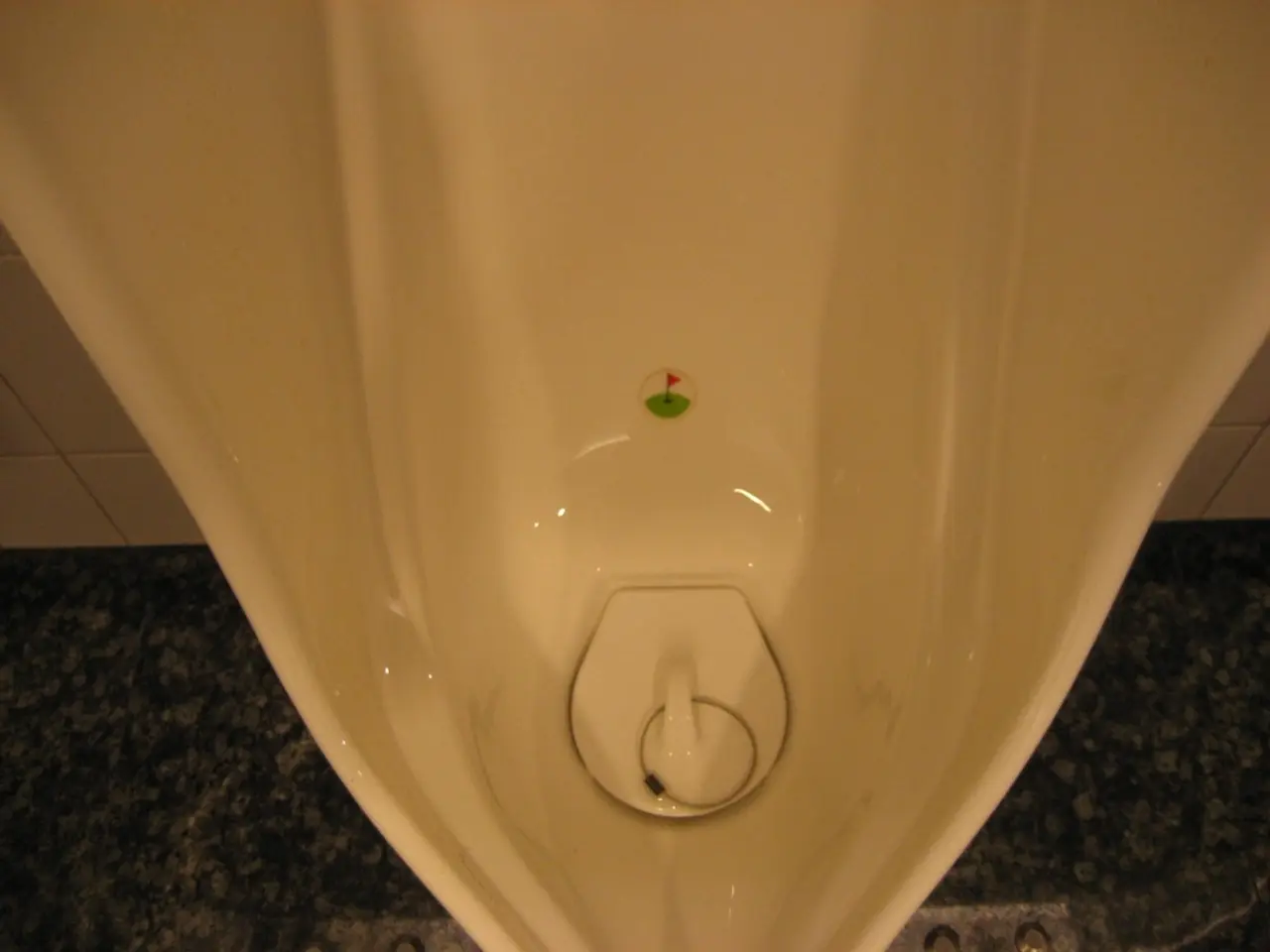recurring bladder inflammation known as Interstitial Cystitis, explained.
Interstitial cystitis (IC), a relatively uncommon condition that primarily affects the urinary system, can cause inflammation of the bladder lining, leading to a loss of the bladder's ability to store urine effectively and pain. This condition, particularly its subtype known as Non-Hunner lesion IC, is not well understood and can require an in-depth investigation to uncover the cause.
Non-Hunner lesion IC, also known as non-Hunner lesion bladder pain syndrome, is characterized by the absence of visible Hunner lesions in the bladder. Its exact cause is not well defined, but research suggests it involves a complex, heterogeneous pathophysiology with multiple contributing factors rather than a single clear cause. These may include immune system abnormalities, bladder epithelial dysfunction, and central nervous system sensitization leading to pain and urinary symptoms.
The condition can potentially affect the reproductive and nervous systems as well. Major symptoms include pelvic pain, pain in the urethra, pain in the vagina with possible painful sexual intercourse, an urgent need to urinate up to 60 times daily with associated pain, and waking in the night to urinate. Other symptoms may include non-specific symptoms such as fatigue, low back pain, and headaches.
Diagnosis of Non-Hunner lesion IC can be a lengthy and complicated process, involving investigations such as general examination, pelvic examination, urinalysis, cystoscopic examination, bladder distension, biopsy, and cystoscopy.
There is no cure for Non-Hunner lesion IC, but several therapies can help relieve symptoms. Treatments are often tailored to the bladder-centric phenotype or systemic symptoms. Lifestyle and behavioral modifications, such as dietary changes to avoid bladder irritants, stress management, and bladder training techniques, can improve symptoms. Physical therapy, medications, bladder-directed therapies, neuromodulation, and Botox injections are among the other treatments that may be used. In severe, treatment-resistant cases, surgery may be considered.
Because Non-Hunner lesion IC is a diverse condition with overlapping systemic pain syndromes, treatment often requires a multidisciplinary approach combining bladder-specific and systemic symptom management strategies to achieve optimal results.
Interstitial cystitis affects around half a million people in the UK, with 90% of cases being women. Potential causes include genetics, autoimmune disorders, allergies, vascular disorders, bladder defects, abnormal substances in urine, unusual infections, pelvic floor issues, chronic urinary infections, and chronic conditions like fibromyalgia, ME, chronic fatigue syndrome, irritable bowel syndrome, or IBSS. Risk factors include being female, increased risk with age, having a chronic pain disorder, depression, history of an inflammatory disorder, prior damage or injury to the bladder, having red hair and fair skin, having a family member with interstitial cystitis, having an autoimmune disorder, and dietary factors such as caffeine or stimulating foodstuffs.
Awareness of your risk and the symptoms is important to set you on a treatment or management path as soon as possible. Steps to lessen the impact of interstitial cystitis include prompt treatment, managing other health conditions, awareness of any triggers, strengthening the pelvic floor muscles, maintaining hydration levels, and stopping smoking if applicable. If interstitial cystitis continues without resolving on its own or without treatment, complications could occur, including psychological deterioration, infection, bleeding, trauma, perforation of the bladder, complications of anaesthesia, and fibrosis leading to reduced capacity in the bladder and worsening symptoms.
- Interstitial cystitis, a health issue that primarily affects the urinary system, can lead to inflammation of the bladder lining, causing pain and impairing the bladder's ability to store urine effectively.
- Non-Hunner lesion IC, a subtype of interstitial cystitis, lacks visible Hunner lesions but is characterized by complex, heterogeneous pathophysiology involving immune system abnormalities, bladder epithelial dysfunction, and central nervous system sensitization.
- The condition can potentially affect the reproductive and nervous systems, causing symptoms like pelvic pain, pain in the urethra, pain in the vagina, an urgent need to urinate frequently, and eventually leading to migraines, headaches, fatigue, and low back pain.
- Diagnosis of Non-Hunner lesion IC involves investigations such as general examination, pelvic examination, urinalysis, cystoscopic examination, and biopsy to uncover the underlying cause.
- There is no cure for Non-Hunner lesion IC, but therapies like lifestyle modifications, physical therapy, medications, bladder-directed therapies, neuromodulation, Botox injections, and surgery can help manage symptoms.
- Given the diverse nature of Non-Hunner lesion IC, with overlapping systemic pain syndromes, treatment often requires a multidisciplinary approach combining bladder-specific and systemic symptom management strategies.
- Interstitial cystitis affects around half a million people in the UK, with 90% of cases being women, and is associated with chronic conditions like fibromyalgia, depression, irritable bowel syndrome, and autoimmune disorders.
- Awareness of the symptoms and potential risk factors, including being female, increased risk with age, having a chronic pain disorder, depression, family history, or autoimmune disorder, is important for early treatment to minimize complications like psychological deterioration, infection, bleeding, trauma, perforation, fibrosis, and reduced bladder capacity.




